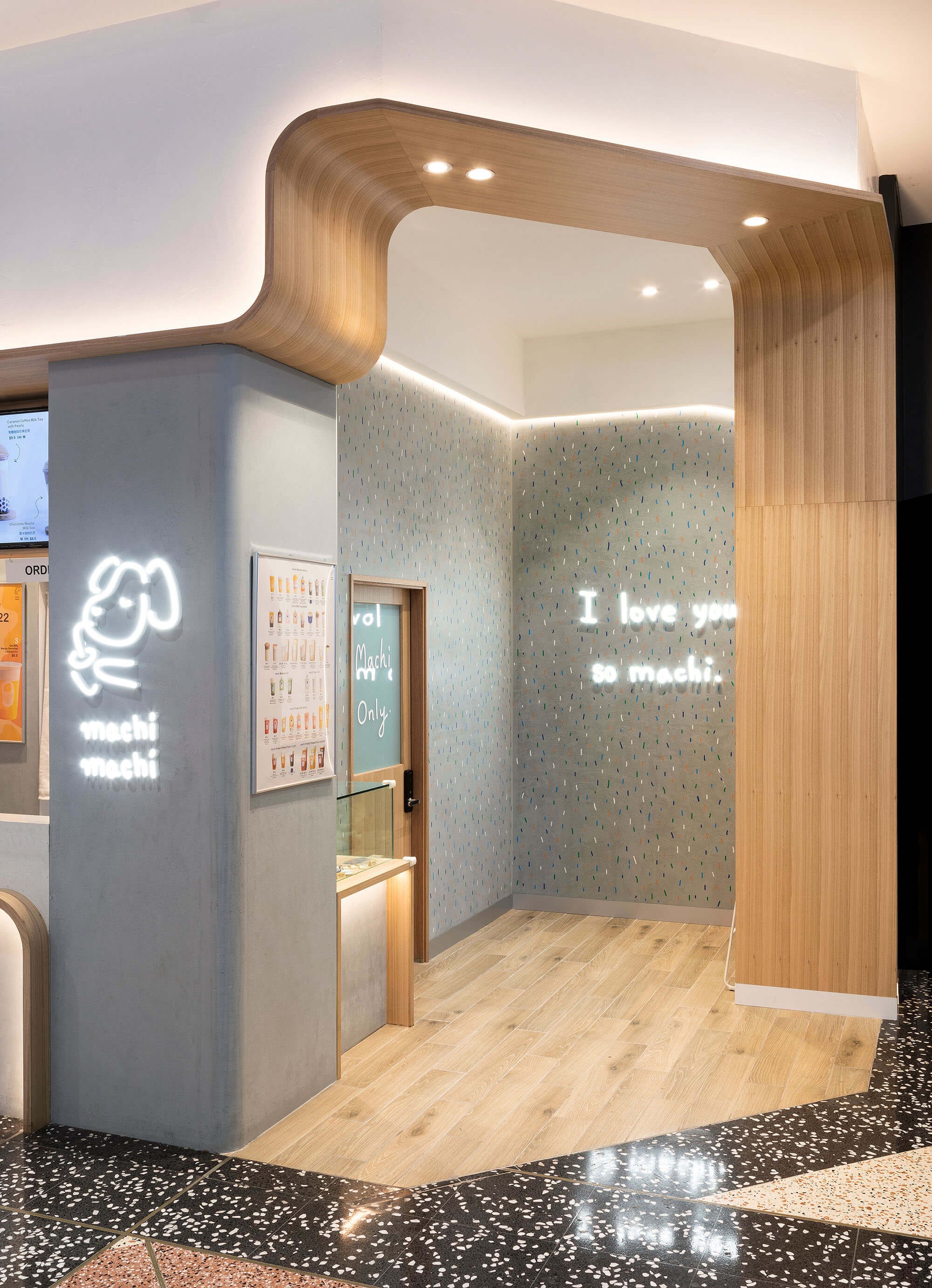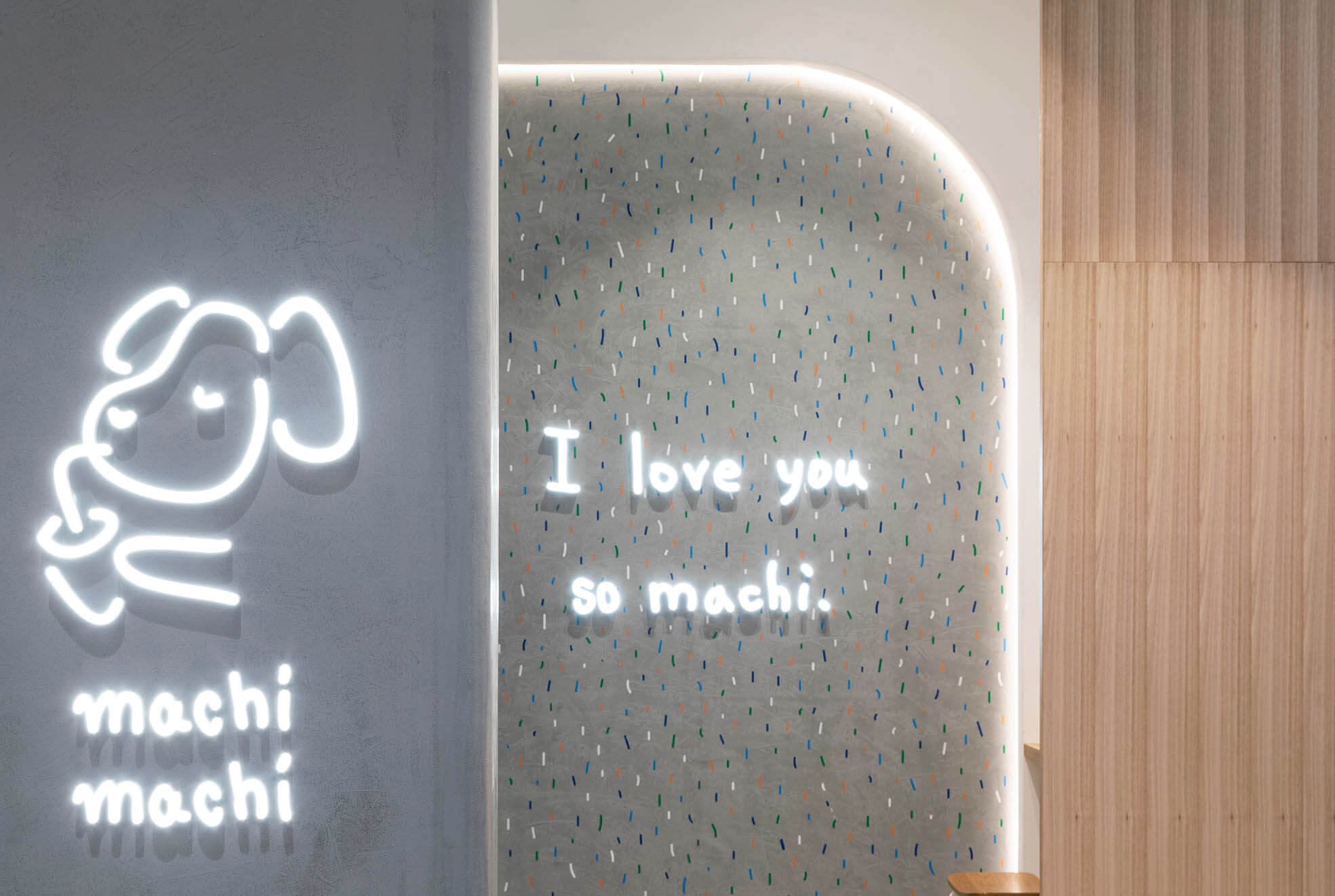The Challenges International Brands Face When Entering the Australian Market
(And Why a Local Design Partner Makes All the Difference)
Australia is a highly attractive market for global brands. It offers a strong economy, high consumer trust, and an appetite for well-designed retail, hospitality, and lifestyle experiences. But entering this market comes with its own set of challenges—some obvious, many unexpected.
At Vie Studio, we’ve partnered with international brands to help them localise, adapt, and thrive. Here are the key hurdles brands face when launching in Australia—and how working with a local design studio can help turn them into strategic advantages.
1. Cultural and Consumer Behaviour Nuances
Australia might feel familiar at first glance, but cultural expectations here are unique. Australian consumers value authenticity, laid-back sophistication, sustainability, and inclusivity. What works in Tokyo, Seoul, or London might feel disconnected—or even tone-deaf—if directly transplanted here.
How to overcome it:
Conduct local qualitative research (focus groups, interviews, observational insights).
Infuse local values—outdoor lifestyle, eco-consciousness, casual tone—into branding and messaging.
Test creative and spatial concepts regionally (Sydney ≠ Melbourne ≠ Brisbane).
2. Design Compliance and Fit-Out Regulations
Australia enforces rigorous building codes and accessibility laws that affect every retail or hospitality fit-out. International brands often underestimate the planning, documentation, and approval process needed before opening day.
What you need to know:
National Construction Code (NCC/BCA): Covers fire safety, structure, ventilation, and materials.
Disability Discrimination Act (DDA): Requires accessible design for entrances, counters, restrooms, and circulation paths.
Local Council & State Regulations: Vary by region and may include rules for signage, food safety, waste systems, and trading hours.
How to overcome it:
Engage a local designer who designs to code from day one.
Submit all development applications or CDCs early to avoid delays.
Choose materials and systems that are fire-rated, accessible, and locally approved.
3. Supply Chain and Material Substitution
Imported finishes or joinery systems may be unavailable, too costly, or non-compliant in Australia. Transport costs, import duties, and quarantine restrictions add further layers of complexity—especially for food or fit-out items.
How to overcome it:
Source materials and fixtures locally where possible.
Use a design team that understands local fabrication methods and lead times.
Adapt custom features with available alternatives that retain brand integrity.
4. Strong Local Competition
Australian consumers are loyal to home-grown brands—and sensitive to authenticity. Even globally known names must earn their place. Local operators often have stronger relationships with suppliers, better landlord leverage, and a more intuitive understanding of the market.
How to overcome it:
Differentiate with unique spatial or service experiences.
Consider limited-edition collaborations with Australian designers or chefs.
Embrace transparency in pricing and values to build community trust.
5. Brand Localisation That Goes Beyond Translation
Many global brands stop at visual tweaks or translated signage—but true localisation includes spatial planning, customer flow, cultural references, and seasonal adjustments. Remember: Australia’s summer is in December.
How to overcome it:
Align your calendar to Australian holidays, end-of-financial year sales, and climate.
Reflect local imagery, colour psychology, and humour in your brand storytelling.
Use region-specific references and dialect across menus, signage, and digital.
6. Currency Volatility and Pricing Alignment
The Australian dollar is known to fluctuate. Without a stable pricing strategy, brands risk margin erosion or inconsistent customer expectations.
How to overcome it:
Hedge currency risk if sourcing offshore.
Set regular review cycles for price adjustments—not reactive changes.
Communicate price updates clearly and build perceived value through design and service.
Why Work with a Local Design Studio?
Expanding into a new market doesn’t just require logistics—it requires localisation. Here’s why a local design partner like Vie Studio can make the difference:
✔ Deep Cultural Awareness
From urban lifestyle to visual trends, we understand what resonates with Australian audiences—and how to adapt global identities without losing their core.
✔ Code-Compliant Design
We design to Australian standards from day one—reducing risk, avoiding delays, and ensuring smooth approvals.
✔ Practical Material Guidance
We know what’s available, affordable, and buildable—so your design isn’t compromised by last-minute substitutions.
✔ Established Trade Network
From signage fabricators to POS providers, we have long-standing relationships with trusted local vendors to ensure speed and quality.
✔ Real-Time Market Insight
Australian design, hospitality, and retail trends move fast. We help brands stay relevant and connected—beyond their launch moment.
✔ Authentic Brand Experiences
We help international brands land with purpose, build trust, and connect meaningfully with the Australian public—visually, spatially, and emotionally.
Final Word
Australia isn’t just another market. It’s a unique ecosystem with its own codes, culture, and consumer expectations.
With the right local partner, your brand can enter with confidence—bringing your global identity to life in a way that feels right, resonates locally, and scales sustainably.
📩 Ready to launch in Australia the right way?
Book a free brand consultation with Vie Studio today.

































